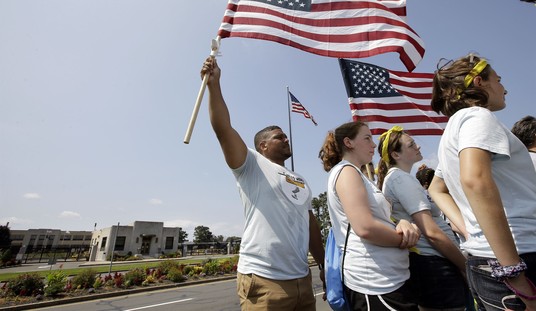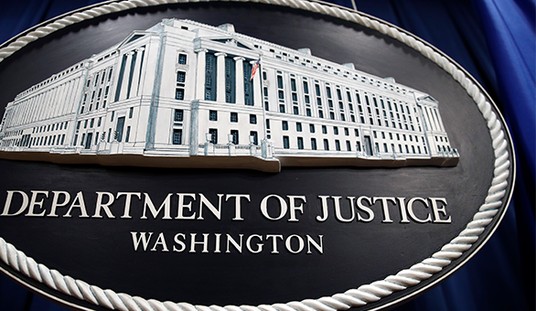The problem with most economists, analysts, pundits, and prognosticators is that most of the time their modeling of projections has no human face, no blood, and no soul.
The model is simply a cold recitation of facts.
Like 8.6% unemployment, American Airlines bankruptcy, or 20,000 home foreclosures. Sometimes, it just doesn’t seem real.
Over the past week, because of scheduling, I had opportunity to spend time in three of the best destination spots in America: California, Arizona, and Utah. Let me say this, my travels have certainly brought home the cold reality of deleveraging.
For many years, people would live beyond their money. The stock market of the 90s, housing of the 2000s, and expansive and freewheeling credit card usage evoked the feeling that people had more money than they really did.
It was simple: play now, do not want for anything, and pay later. Given the average person lived at least 40% beyond their actual income level, it was necessary for businesses to expand in order to meet the exaggerated demand. Destination spots for golf, tennis, and skiing, once a playground for only the rich, became available to everyone because of debt.
Thus, the ancillary businesses that grew up around these areas flourished and thrived. In fact, they employed people at astonishing rates. The service industry became THE INDUSTRY OF AMERICA.
No longer did people need to learn how to make or produce something, they only needed to learn how to serve someone else. The golf or ski resort didn’t need one bar or one restaurant, they needed several.
Recommended
As long as the money (credit) was rolling, so were the good times. Then came the cold reality.
As jobs were lost in manufacturing, it had a devastating domino effect on services. As a result, competition within the service industry has now become brutally cutthroat.
As the grand resorts watched their occupancy decrease by 10% to 20% because John Q. Public was out of credit, tough decisions had to be made about the sustainability of their image.
As the ancillary shops and businesses folded one-by-one, and “For Sale,” “For Rent,” or “For Lease” signs went up; hope sprang eternal that it would somehow turnaround.
Regrettably, the unwinding of debt is not a faceless or nameless event.
It is a slow process that involves a realization that a person really can’t afford that round of golf, or that luxurious ski weekend.
The monumental cascading effect is felt by all, from the airline that took you there, to the driver who picked you up, to the doorman, the bellhop, the waiter, the bartender, the maid, and even the golf caddy.
It’s very real, and it’s very painful.
Unfortunately, however, it has only just begun.
























Join the conversation as a VIP Member